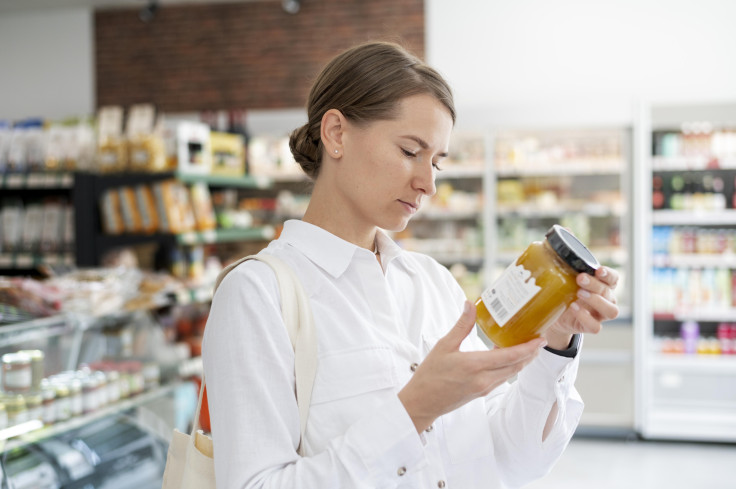Avoid These Combos: Food-Additives That May Raise Your Diabetes Risk

The additives that enhance flavor, extend shelf life, and improve texture in processed foods may be well-known for their links to metabolic disorders including diabetes, but the real danger lies in the combinations we unknowingly consume. Researchers have now determined the exact combination of food additives that could raise the risk of diabetes.
Earlier studies have highlighted the long-term health risks of additives like emulsifiers and artificial sweeteners, however, little is understood about how these ingredients interact and affect the body when consumed together.
In a recent groundbreaking study, researchers analyzed extensive data from over 108,000 adults participating in the French NutriNet-Santé cohort, a major project dedicated to understanding the impact of food on health. Their goal was to identify the most common combinations of food additives and explore their potential links to type 2 diabetes.
"In real life, we ingest a mixture of additives," said Mathilde Touvier, who co-authored the study.
After analyzing the participants' dietary records, researchers identified five main mixtures of additives commonly consumed together. These combinations happen because some additives are commonly found together in processed foods, or because people tend to eat certain foods together, which leads to consuming these additives at the same time.
Researchers then noted that two of the five mixtures were linked to a higher risk of type 2 diabetes, regardless of diet quality or lifestyle factors, while the other three showed no such link.
The first harmful mixture identified combines several emulsifiers (modified starches, pectin, guar gum, carrageenans, polyphosphates, xanthan gum), a preservative (potassium sorbate), and a coloring agent (curcumin). These additives are commonly found in ultra-processed foods like stocks, milky desserts, fats, and sauces.
The next mixture mainly consists of additives in artificially sweetened drinks and sodas, including acidifiers (citric acid, phosphoric acid), coloring agents (caramel, anthocyanins), sweeteners (acesulfame-K, aspartame), emulsifiers (gum arabic, pectin), and a coating agent (carnauba wax).
"This study is the first to estimate exposure to food additive mixtures in a large cohort of the general population and to analyze their link to the incidence of type 2 diabetes. The findings suggest that several emblematic additives present in many products are often consumed together and that certain mixtures are associated with a higher risk of this disease. These substances may therefore represent a modifiable risk factor, paving the way for strategies to prevent type 2 diabetes," said Marie Payen de la Garanderie, first author of the study in a news release.
Since the study is observational, researchers caution that the findings do not indicate cause and effect relationship.



























